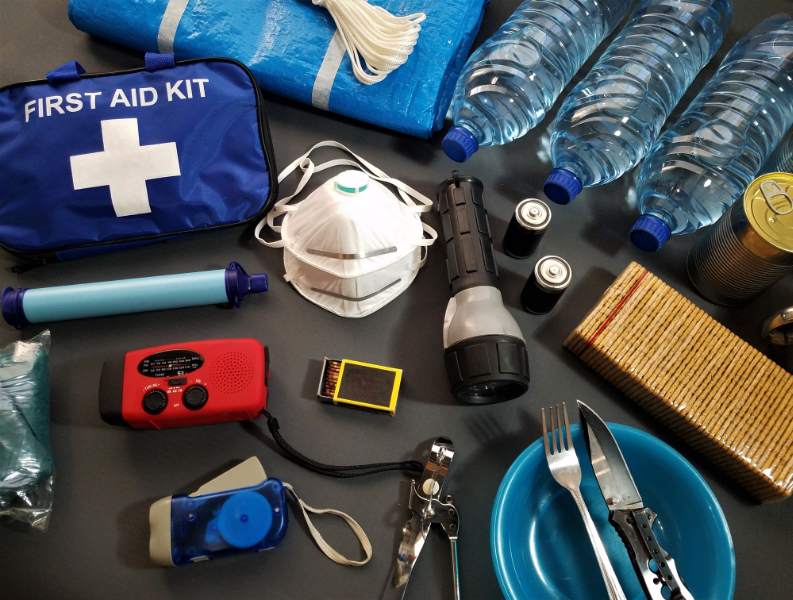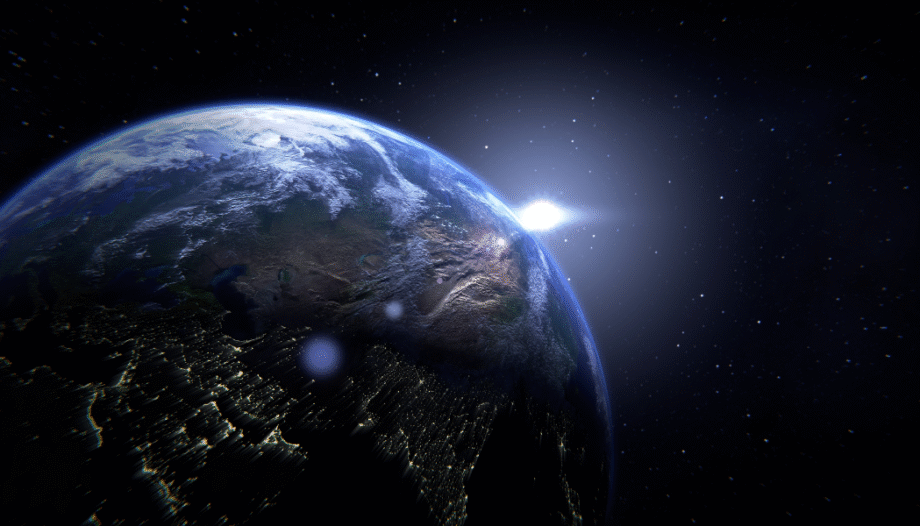When we think of space inventions, we often imagine rockets, satellites, and distant planets. But did you know that many everyday items you use have roots in space research? From the soles of your shoes to the camera in your phone, space technology has quietly shaped our daily lives. Thanks to organizations like NASA, SpaceX, and the European Space Agency (ESA), space innovations have led to some of the most genius inventions making life better on Earth.
Let us take a closer look at how space inventions are now an essential part of our routines.
Space-Inspired Inventions We Use Daily

Some of the most common products we rely on today started as solutions to problems faced by astronauts. These space innovations are missions that were later adapted for use on Earth, and they continue to improve our comfort, safety, and well-being.
1. Water Purification Systems
Astronauts needed a reliable way to recycle and purify water during long missions. This led to the development of compact, advanced filtration systems. These space inventions same systems are now used for:
- Emergency relief in disaster zones
- Clean water access in developing countries.
- Backpacking and survival gear
These space inventions shows how space technology supports life not just in orbit but also in remote areas on Earth.
2. Memory Foam
Originally developed by NASA in the 1960s to cushion astronauts during take-off, memory foam is now a household favorite. You will find it in:
- Mattresses and pillows
- Bike seats and helmets.
- Shoe insoles
Its ability to mold to pressure and return to its original shape makes it one of the best examples of how space inventions help Earth.
3. Infrared Ear Thermometers
Thermal technology used to monitor spacecraft has been adapted for healthcare. Infrared ear thermometers allow for:
- Fast, non-contact temperature readings
- Safer monitoring, especially for infants
- Use in homes, clinics, and hospitals.
It is one of the lesser-known NASA spinoff technologies that has become an everyday essential.
Genius Inventions in Health and Safety

Space exploration is not about travel; it is about survival. Many of the tools designed for astronaut health and safety have transformed how we care for people on Earth.
4. Scratch-Resistant Lenses
NASA needed strong, durable visors for space helmets. The solution? A coating that resists scratches and damage. Today, that same technology is used in:
- Prescription eyeglasses
- Sunglasses
- Safety goggles and face shields
With this space inventions, your lenses stay clear and last longer.
5. Portable X-Ray Machines
Medical care in space requires compact, mobile solutions. The result was the development of lightweight x-ray devices that now benefit Earth by:
- Bringing diagnostic tools to rural clinics
- Supporting emergency response teams
- Helping doctors work in conflict or disaster zones
Space research has made health tech more accessible.
6. Emergency Thermal Blankets
Those shiny, foil-like blankets in first aid kits were created to regulate astronauts' body temperatures. Today, they are used for:
- Hypothermia prevention
- Marathon recovery stations
- Emergency rescue operations
This is a direct example of how space inventions from space missions are saving lives.
Everyday Tech That Came from Space

You might be surprised to learn that some of your favorite gadgets started out as space tools.
7. Camera Phones
The tiny, high-quality camera in your smartphone owes its existence to NASA. Engineers had to develop compact cameras for deep space missions. Today, their miniaturization work supports:
- Mobile photography
- Video calling
- Social media and journalism
These space inventions changed how we capture and share our lives.
8. Wireless Headsets
To allow astronauts to communicate hands-free, NASA developed early versions of wireless headsets. Now, we use them in:
- Bluetooth earpieces
- Gaming headsets
- Call center communication.
Another everyday tech we take for granted—originating in outer space.
9. Anti-Icing Technology
Shuttle launches needed a solution to prevent ice build-up on spacecraft. The anti-icing tech developed is now used in:
- Aircraft wings
- Wind turbines
- Car windshields
By applying space research, we stay safer in the sky and on the road.
Space-Inspired Fashion and Fitness
Space suits are made from high-performance materials that protect astronauts from extreme environments. These materials have made their way into consumer products.
10. Sportswear and Footwear
Athletic brands have adopted materials and designs based on space suit technology to create gear that offers:
- Enhanced flexibility
- Temperature regulation
- Impact protection
This crossover from space innovation to fitness gear benefits athletes and everyday users alike.
Why Space Tech Matters on Earth
It is easy to think space missions only benefit astronauts or scientists, but the truth is much bigger. Space inventions:
- Improve quality of life.
- Advanced healthcare tools
- Support global challenges like water scarcity and disaster response.
From a business perspective, space tech has inspired a wave of new industries. You can now buy NASA-inspired products and space tech gadgets for home use. Whether air purifiers or ergonomic seating, products from space research are entering the market rapidly.
They also play a role in education. Sharing the story behind these inventions can inspire young minds to pursue careers in STEM (Science, Technology, Engineering, and Math). Understanding how space research shapes daily life fosters curiosity, innovation, and hope for the future.
Conclusion
From sleeping better on memory foam to snapping selfies with space-engineered cameras, it is clear that space technology is all around us. These genius space inventions, which are making life better on Earth, prove that investment in exploration leads to meaningful, practical outcomes for everyone.
Space research does not just aim for the stars—it brings its benefits back home. Agencies like NASA, ESA, and SpaceX continue to innovate, and the results will shape the next generation of life-improving tools. So next time you sip clean water from a filtered bottle or scroll through photos on your phone, remember—space tech made it possible. The universe may be vast and mysterious, but its gifts are closer than you think.









